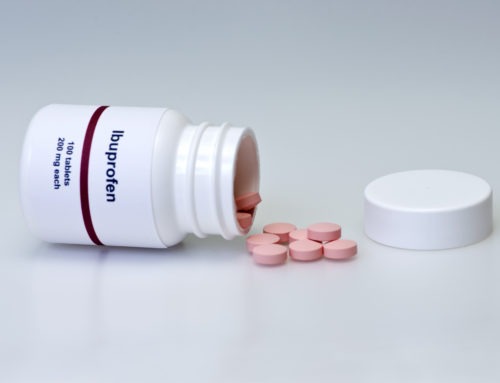Overprescribing of opioid medications for pain has contributed to a record-high number of drug-related deaths in recent years. A significant part of the issue, experts say, is the vast amount of variation in opioid prescribing habits for minor injuries such as ankle sprains – which don’t require treatment with such risky drugs in the first place.
For example, patients who received their first opioid prescription for an ankle sprain treated in US emergency departments commonly received prescriptions for anywhere from 15 to 40 pills, according to new research from the Perelman School of Medicine at the University of Pennsylvania. Those who received 30 or more pills compared to less than 15 pills were twice as likely to fill an additional opioid prescription within three to six months.
The authors say that the results point to the urgent need for policies and guidelines to address when opioid medications are indicated for minor injuries and to reduce the number of pills supplied for opioid prescriptions.
‘The substantial variation in prescribing patterns of such extremely addictive medications for minor injuries results in many thousands of pills entering the community, and places patients at an increased risk of continued use and potentially addiction,’ explained lead author M Kit Delgado, MD, MS, an Assistant Professor of Emergency Medicine and Epidemiology at Penn.
‘It’s vital that we identify and understand the root causes of this growing issue.’
In the study, researchers examined private insurance claims data from more than 53,000 patients visiting US emergency departments for an ankle sprain in 2011 to 2012. All patients included in the study had not filled an opioid prescription within the past six months. Overall, seven per cent of patients received a prescription for an opioid pain medication (such as hydrocodone or oxycodone).
Additional results showed that although the median number of pills prescribed was 20, five per cent of patients received 60 pills or more.
‘Looking only at the cases analysed in this study, if all prescriptions written for more than 20 pills were instead written for only 20, there would have been 37,721 fewer opioid pills entering the community,’ Delgado said.
‘If extrapolated more broadly to the treatment of other minor injuries, this likely translates to millions of highly addictive and unnecessary prescribed pain medications filtering into the community. The study illustrates the potential benefit of laws to limiting new opioid prescriptions for acute pain to no more than five-day supply as was recently passed in New Jersey.’







